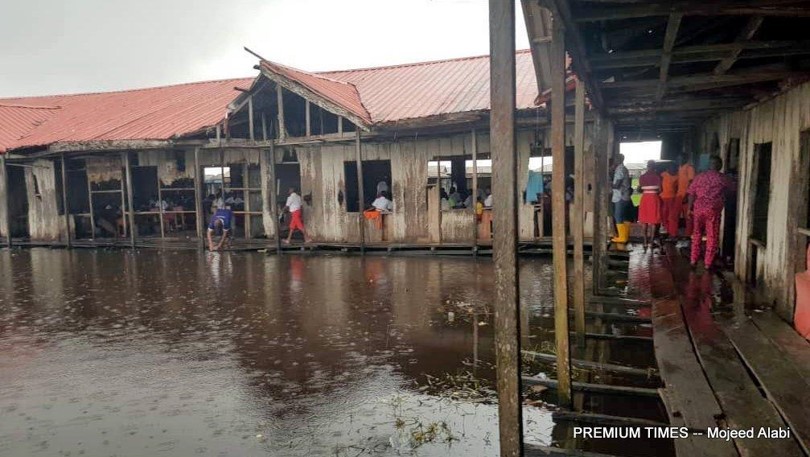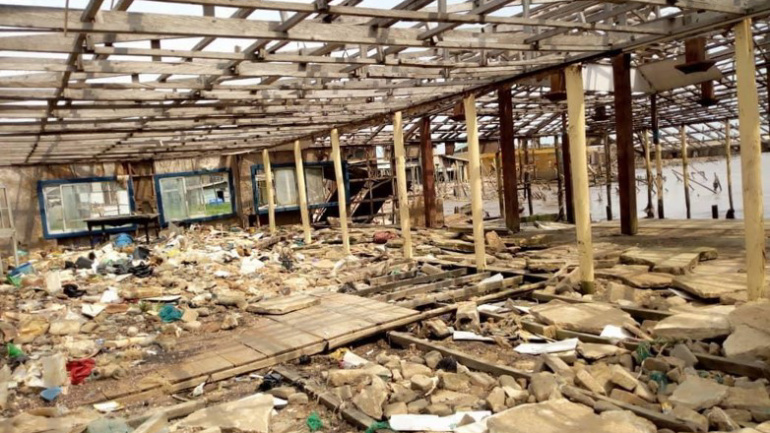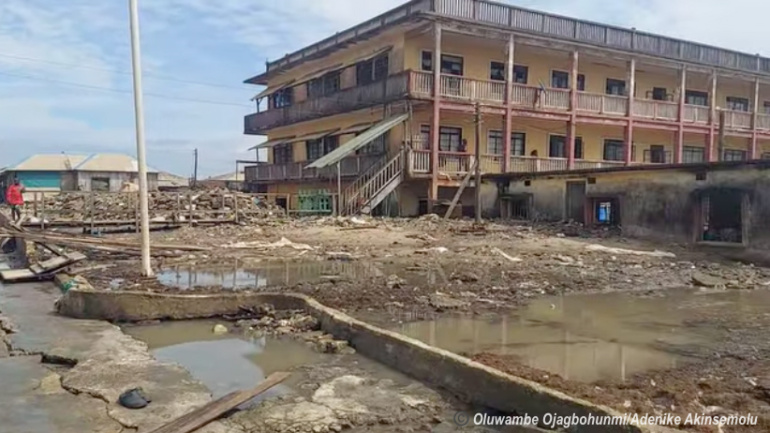For decades, the schools of Ayetoro stood as symbols of hope. They were not just classrooms—they were the beating heart of a community that believed education was the key to its future. Children in pressed uniforms walked through the sandy streets, carrying slates, chalk, and books, their voices lifted in morning songs that echoed across the lagoon. Teachers instilled discipline and knowledge, and parents took pride in seeing their children learn in buildings they had sacrificed to construct.
Today, many of those schools are gone, claimed by the relentless advance of the Atlantic Ocean.
Foundations of Learning
How strong is your museum’s website as part of the whole offer? Does it reflect your identity as an organisatioyetoro was founded in 1947 by the Holy Apostles’ Community, education was one of its earliest priorities. With little outside support, the people pooled their resources to build schools—solid brick structures with wide windows for air and light. These classrooms nurtured generations of leaders, pastors, and professionals, and gave Ayetoro the reputation of a model Christian community.
But from the late 1990s onward, sea incursions began to threaten the town’s foundations. Year after year, waves pushed further inland, eroding the land beneath schools. Walls cracked, roofs sagged, and the sound of children’s recitation was replaced by the roar of water.
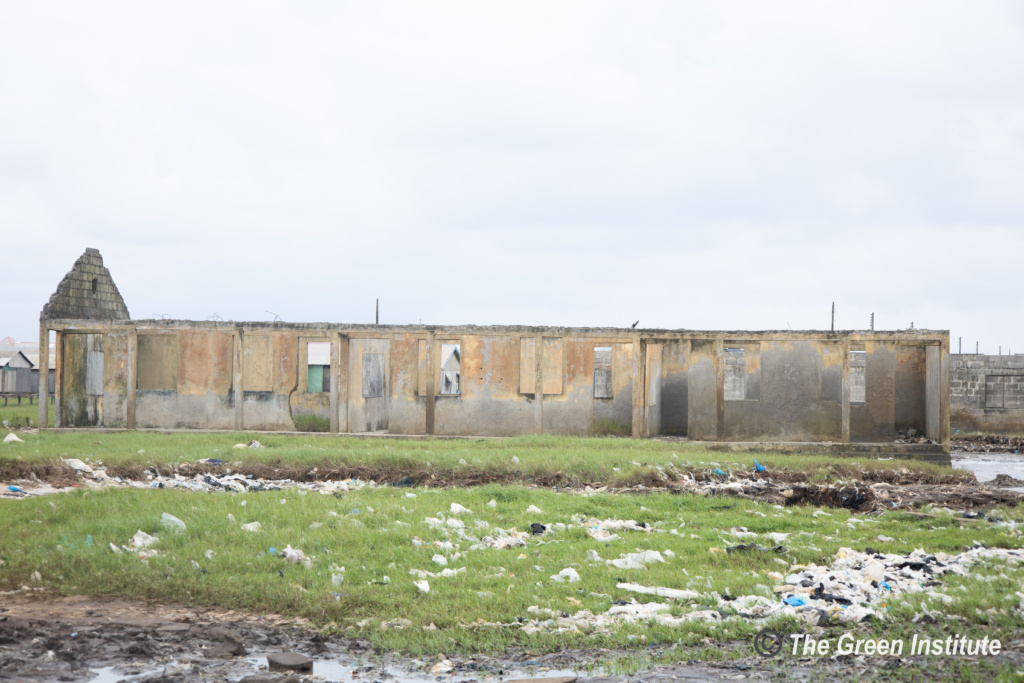
The Day the Walls Fell
For many residents, the collapse of the schools was the most painful blow of all. Homes could be rebuilt, markets could be relocated, but the destruction of schools felt like the erasure of the town’s future.
One elder, whose children and grandchildren attended Ayetoro’s primary school, remembered the moment vividly:
“We built these classrooms with our hands. I laid blocks here myself in 1965. To watch the sea take them was like watching it take my own children’s future.”
Desks, chalkboards, and even exercise books were swept into the water. Teachers struggled to gather pupils under makeshift shelters, but learning was interrupted, and many children were forced to leave Ayetoro entirely to continue their education elsewhere.
The Human Cost
The collapse of schools has left more than 1,000 children displaced from their classrooms. Families with limited means now face the burden of sending children to distant towns for education. Some cannot afford the journey, leaving children idle at home. The loss has deepened the community’s sense of displacement, as parents worry that without schools, Ayetoro will lose not just its land, but also its next generation.
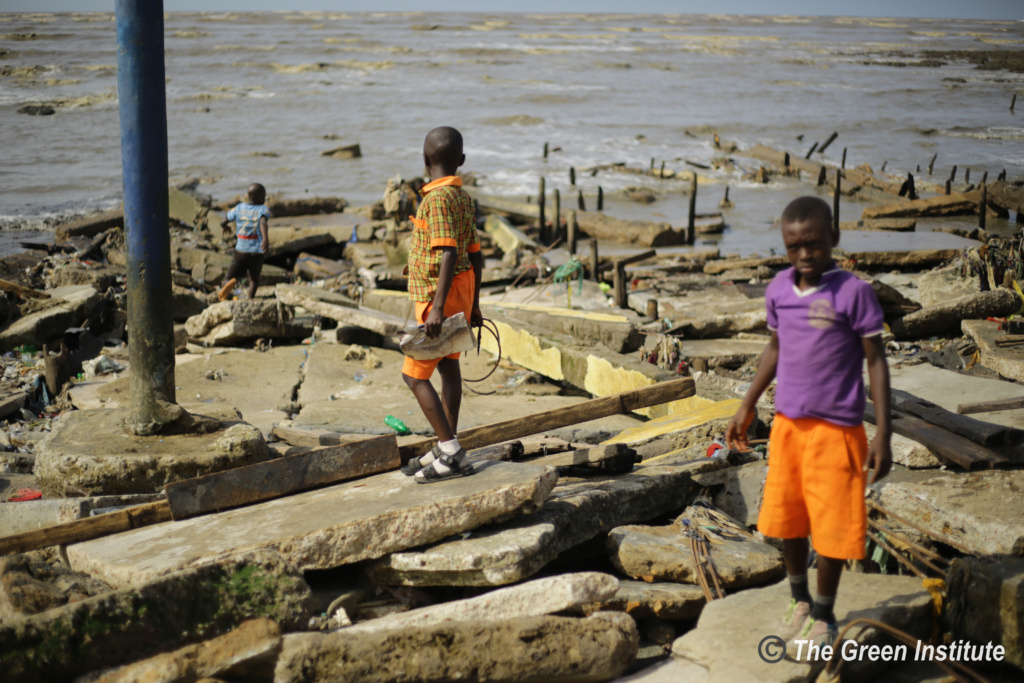
A Call for Renewal
Despite the devastation, the people of Ayetoro remain determined. Community leaders have appealed for urgent support to rebuild schools on safer ground, while local churches have provided temporary spaces for learning. The Green Institute and advocacy partners like CAPPA continue to document these stories, amplifying the voices of parents and children who refuse to give up on education.
The collapse of Ayetoro’s schools is more than a story of erosion—it is a story of resilience. Even as the sea swallows buildings, the spirit of learning endures in the hearts of its people. For Ayetoro, education is not a luxury. It is survival.

